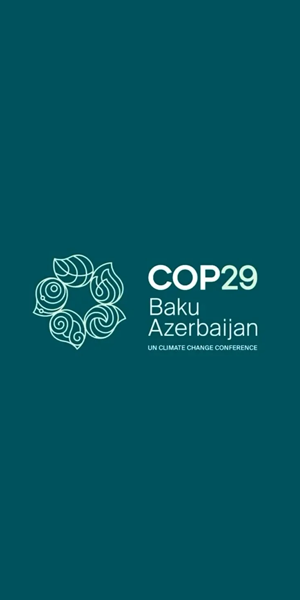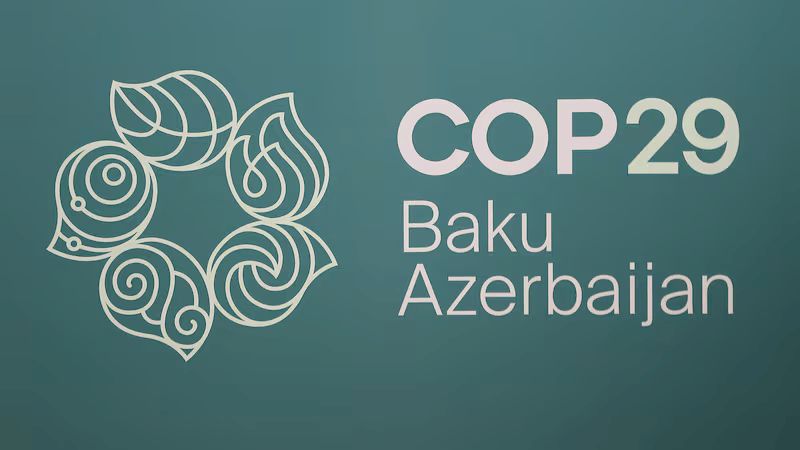
By Welissa Mulei
Human-caused climate change made the humid heatwave in southern West Africa during February ten times more likely, according to rapid analysis by an international team of leading climate scientists from the World Weather Attribution group.
The study also found that if humans do not rapidly move away from fossil fuels, causing global warming to rise to 2°C above preindustrial levels, West Africa will experience similar heatwaves about once every two years.
Developing heat action plans will help protect vulnerable people from dangerous heatwaves in West Africa, the researchers say.
February this year was the hottest February on record globally and the ninth consecutive month in a row that a hottest month record was broken.
West Africa was hit by an unusually intense humid heatwave with temperatures not normally seen until March or April. The most severe heat occurred from February 11-15 with temperatures above 40°C.
In Nigeria, doctors reported an increase in patients presenting for heat-related illness, people complained of poor sleep due to hot nights and the national meteorological agency issued several warnings about the heat.
“It is clear climate change is bringing more and more dangerously hot days to West Africa. With every fraction of a degree of global warming, heatwaves like the one we experienced in February in West Africa will become even hotter,” said Wasiu Adeniyi Ibrahim, Head, Central Forecast Office, NiMet, Abuja, Nigeria.
In Ghana, the national meteorological agency also warned people to prepare for dangerous temperatures.
The heat occurred during the finals of the Africa Cup of Nations football tournament in Côte d’Ivoire. Due to the hot and humid conditions, additional ‘cooling breaks’ were taken during the matches so players could rehydrate.
Climate change, caused by burning fossil fuels like oil, gas and coal, and deforestation, has made heatwaves more frequent, longer and hotter around the world.
To quantify the effect of climate change on the hot and humid temperatures in West Africa, scientists analysed observed weather data and climate models to compare how the event has changed between today’s climate, with approximately 1.2°C of global warming, and the cooler pre-industrial climate, using peer-reviewed methods.
Maja Vahlberg, Risk Consultant at the Red Cross Red Crescent Climate Centre, expects countries across Africa, and the world, to prepare for heat.
“Many people do not appreciate the dangers of heat – unlike storms, fires or droughts, heatwaves don’t leave an evident trail of destruction. However, heatwaves are ‘silent killers.’ They can be incredibly deadly for the elderly, people with existing health conditions and outdoor workers.
“Humidity makes a massive difference to the human experience of heat. While the average air temperature across West Africa during mid-February was about 36°C, the humidity meant it would have felt like 50°C.
The Heat Index
The analysis looked at the maximum five-day heat index in a region of southern West Africa where the heat was most extreme, including Nigeria, Benin, Togo, Ghana, Côte d’Ivoire, Liberia, Sierra Leone, and small parts of Guinea and Cameroon.

The heat index, also known as apparent temperature, is a measure that combines temperature and humidity to reflect how heat feels to the human body because higher levels of humidity make it harder for the humans to cool down. While the average air temperature in West Africa was above 36°C the heat index for the same period was about 50°C, reflecting how a combination of humidity and high temperatures caused dangerous conditions.
The researchers found that climate change made the heatwave, as measured by the heat index about 4°C hotter and ten times more likely. Before humans started burning fossil fuels, similar heatwaves used to be rare events, occurring less than once every 100 years. However, in today’s climate, with 1.2°C of warming, similar humid heatwaves occur about once every 10 years.
If the world does not move away from fossil fuels and rapidly reduce emissions to net zero, West Africa will experience even hotter and more frequent humid heatwaves. If global warming reaches 2°C, as is expected to occur in the 2040s or 2050s unless emissions are rapidly halted, similar events will occur about once every two years and will become a further 1.2 – 3.4°C hotter.
Although the heatwave potentially affected millions across the nine countries, there were few heat-related impacts reported by the media and government organisations, reflecting the need to improve awareness of dangerous heat and the detection of heat impacts.
While meteorological organisations in Nigeria and Ghana did provide warnings about the heat, many of the other countries included in the analysis have not carried out planning for dangerous heat, including introducing early warnings for dangerous heat. In addition, none of the countries have developed a heat action plan that is extremely effective at saving lives during periods of dangerous heat.
“Africa has contributed a tiny fraction of global greenhouse gas emissions but is the most vulnerable continent to the impacts of climate change,” noted Sjoukje Philip, Researcher at the Royal Netherlands Meteorological Institute.
“The impacts of some extreme weather events are very clear in Africa. But for heatwaves, we don’t have a good sense of how people are being affected. A low level of climate science and reporting on heat impacts can make it difficult for African governments to highlight ongoing climate impacts,” he said.
Major investment is needed in Africa to build resilience to dangerous heat. The UN has estimated that the cost of adaptation for developing countries is between US$215-387 billion annually this decade.
However, rich countries haven’t yet met the financial promises they have made to help developing countries become more resilient to the growing risks of climate change. In addition, these commitments fall drastically short of the finance required – in 2021, the global community delivered just US$21 billion to help developing countries adapt to climate change.
17 researchers conducted the study as part of the World Weather Attribution group, including scientists from universities, organisations and meteorological agencies in Nigeria, Burkina Faso, Switzerland, Sweden, South Africa, The Netherlands, Germany, the United Kingdom and the United States.











